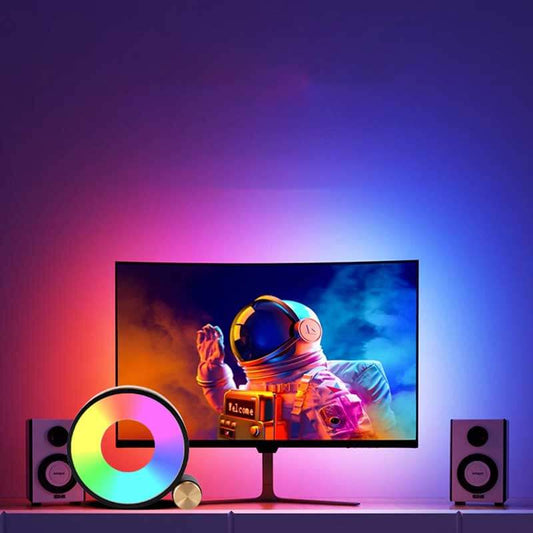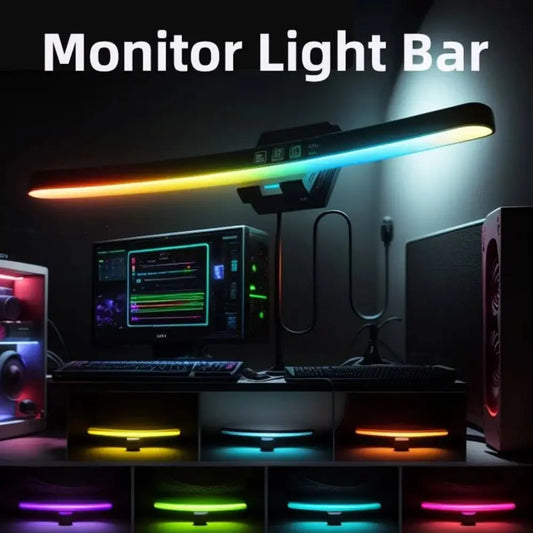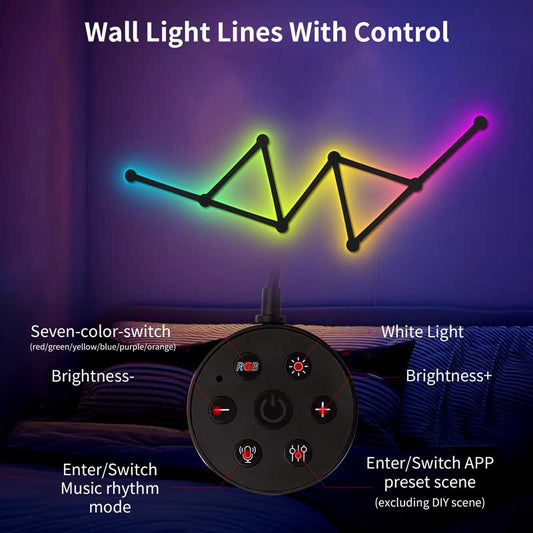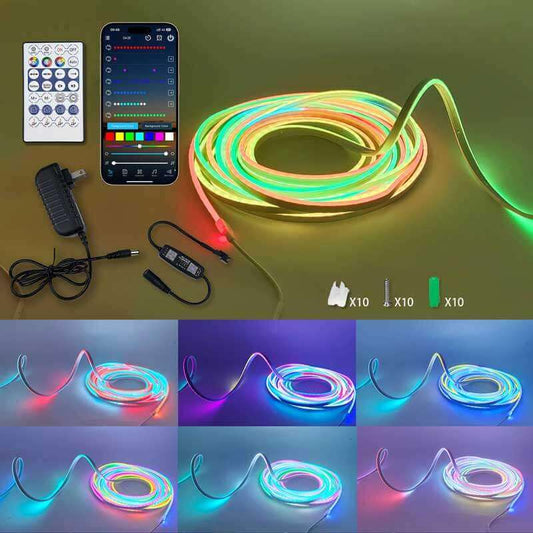Does PC RGB cause input lag?
Partager
PC gamers are always on the lookout for ways to improve their gaming performance. With RGB lighting becoming a staple feature in modern gaming setups, one common question arises: does RGB lighting contribute to input lag? Let’s explore the relationship between RGB and gaming performance to separate fact from fiction.
Understanding Input Lag
Input lag refers to the delay between a user's action (e.g., pressing a key or moving a mouse) and the response on the screen. It’s measured in milliseconds and can significantly affect gaming, especially in competitive scenarios. Input lag is primarily caused by:
- Display refresh rates and settings
- Processing power
- Connection types (e.g., wired vs. wireless)
RGB lighting is unrelated to these core causes, but let’s look deeper into the topic.
Does RGB Impact System Performance?
RGB lighting itself does not directly cause input lag, but there are scenarios where it might affect performance indirectly:
1. Resource Usage
- Software Overhead: Managing RGB effects often requires additional software (e.g., Corsair iCUE, Razer Synapse). These programs run in the background, consuming CPU or memory resources.
- Impact: For high-end gaming PCs, this resource usage is negligible. However, on low-spec systems, it could marginally affect performance if resources are already stretched thin.
2. USB Bandwidth
- Peripheral Connections: Many RGB peripherals, such as keyboards and mice, connect via USB. If your system is overloaded with USB devices, it might create minor delays in processing inputs.
- Impact: This is rare but could theoretically occur on systems with poorly managed USB hubs.
3. Power Management
- Energy Distribution: Excessive RGB lighting could draw power from your PSU, though modern power supplies are designed to handle this with ease.
- Impact: This is almost never a concern in well-configured setups.
When RGB Might Feel Like It's Causing Lag
Sometimes, gamers perceive lag and associate it with RGB lighting. Here’s why:
- Perception Bias: After adding RGB to a setup, any unrelated performance issues might mistakenly be blamed on the new feature.
- Low-End Systems: On systems with outdated hardware, running intensive RGB software alongside games could slightly reduce responsiveness.
How to Minimize Potential Issues
-
Optimize RGB Software:
- Disable unnecessary lighting effects during gaming sessions.
- Choose lightweight RGB management software to minimize resource use.
-
Upgrade Your System:
- Ensure your CPU, GPU, and RAM are sufficient for your games and any additional software.
-
Manage USB Bandwidth:
- Avoid overloading USB ports with too many devices. Use powered USB hubs if needed.
-
Test Without RGB:
- If you suspect RGB lighting is causing issues, disable it temporarily to confirm if there's an improvement.
YOUWEI TRADE Conclusion
RGB lighting on its own does not cause input lag, but the software or peripherals controlling the lighting might indirectly impact performance on low-end systems. With proper system management, gamers can enjoy stunning RGB setups without compromising gaming performance.
In short: Enjoy your RGB lighting—it’s unlikely to hold you back in-game!




